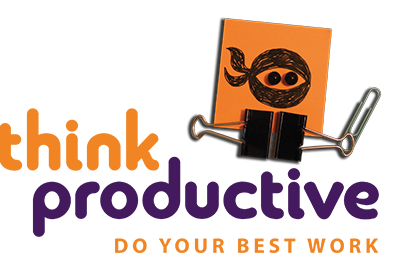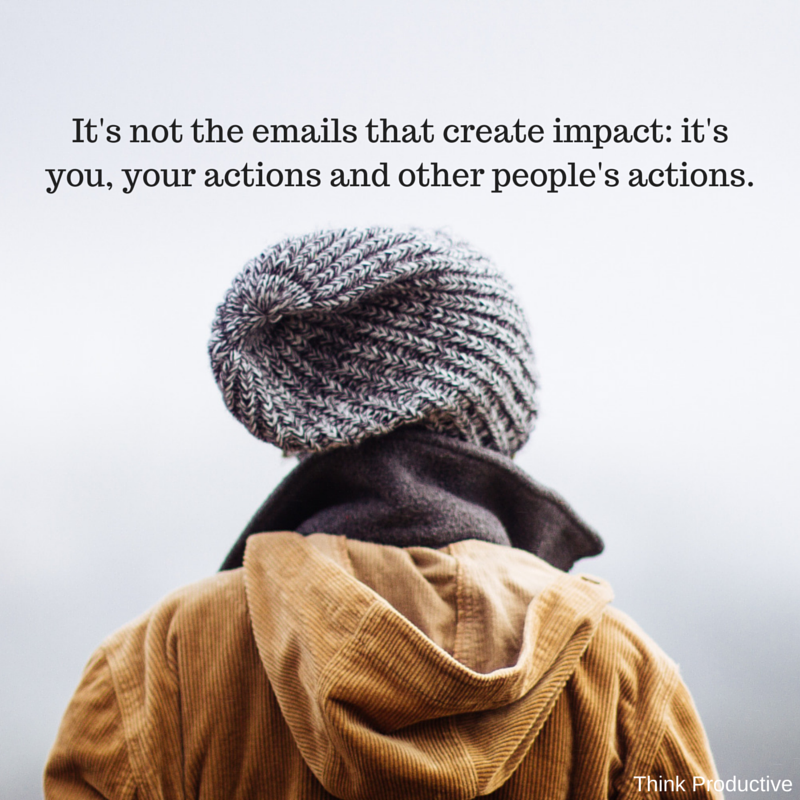Where productivity and professionalism meet
In August 2015, a hapless employee at Reuters sent an email that accidentally reached 33,000 inboxes. Before he knew it, poor Vince had set off a chain reaction with everyone “replying all” to stop “replying all”. Everyone finally got the message to back away from their keyboards; “Keep very still” tweeted one employee… “I think it’s stopped.”
We’ve all been there—caught in the black hole created by a string of emails we can’t shake, sent from names we don’t even recognize.
Some of our client’s ask “Is there hope for email to really be an efficient, professional way to communicate?” Yes. But we all need to mind our email manners. We’re reviewed them before, but check out the top 5 for productivity as well as professionalism.
1. Respect your reader’s time with clear subject lines
Your message shouldn’t be a mystery. Put the project/topic in the subject line and why it’s being sent (is this breaking news, a document, a thank you?) We recommend 8-10 words. If the subject changes, add or replace words so it’s clear this is an update or new topic.
2. CC and BBC: what message are you sending?
CC and BCC send messages around trust, transparency and authority. Use to clarify and inform not embarrass, expose or promote an individual agenda.
CC—in most instances, those who need to know are vastly overestimated. Too often CC pulls individuals into conversations where they (and others) might not want them to be; CC also can be interpreted as a kind of threat (you’re copied now so be careful).
BCC— use cautiously if at all. BCC is not a lot different than sending notes in public school. BCC ‘secretly’ adds someone into the communication. (Graham Allcott, Productivity Ninja blog) and tends to send a signal that there’s a scheme afoot.
3. Beware of reply all
It’s perfectly OK to reply when there is a definitive answer to a question that benefits everyone (e.g. confirming a date). But reply all is not efficient for complex discussions and worse, it can lead to embarrassment. Often there are statements in the original that should have stayed within a smaller group. Respects your reader’s boundaries and don’t get finger happy with the reply all option (remember poor Vince).
4. To email or not to email
There are times when picking up the phone or a face-to-face meeting is preferred, especially when you need to build trust, demonstrate compassion or clarify a misunderstanding. And if you EVER get a reply that signals your recipient is hurt, confused, agitated…. Do not pass GO. Do not collect $200: Pick up the phone and call!
Sending messages on a weekend or evenings can set up unintended expectations. I recently received a slew of weekend messages from a new client who kindly noted, “just sending these so you have them for Monday, have a nice weekend.” Now that is good email etiquette.
5. Keep emails short and simple, and tell me what to do
Email is intended for brief, single topic messages not complex treatises. If you get past two paragraphs, take it as a sign that your message is getting too complicated. A clever 23-year-old we know summed it up nicely: TLTR (too long to read).
Emails also get stuck in our inboxes because it isn’t immediately clear how to easily deal with the message. Do your reader a favour and start your emails with an action verb , e.g. confirm, approve, agree/disagree, thank, get in touch, circulate, etc.
About to send an email?
Think, pause and think again. The productivity and time management benefits of email are also its pitfall. Just because it is easy to send or answer, make sure this powerful means of communication is both productive and professional.
Do you feel like your team needs an Email Manifesto to avoid any miscommunication? Become one of the many businesses who have benefited from our Email Etiquette workshops. Find out more here.

